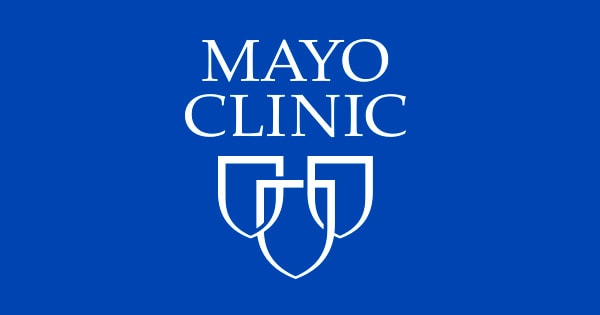Bone cancer is a growth of cells that starts in a bone. Bone cancer can start in any bone. But it most often affects the thighbone.
The term “bone cancer” doesn’t include cancer that starts in another part of the body and spreads to the bones. Instead, cancer that spreads to the bone is named for the place it began. For example, cancer that starts in the lungs and spreads to the bones is still lung cancer. Healthcare professionals might call it lung cancer that has metastasized to the bones.
Cancer that starts in the bones is rare. Different types of bone cancers exist. Some types of bone cancers mostly happen in children. Other types happen mostly in adults.
Common bone cancer treatments include surgery, radiation and chemotherapy. The best treatment for your bone cancer depends on the type of bone cancer, which bone is affected and other factors.
Signs and symptoms of bone cancer include:
Make an appointment with a doctor or other healthcare professional if you have any symptoms that worry you.
There is a problem with information submitted for this request. Review/update the information highlighted below and resubmit the form.
Subscribe for free and receive an in-depth guide to coping with cancer, plus helpful information on how to get a second opinion. You can unsubscribe at any time. Click here for an email preview.
ErrorSelect a topic
ErrorEmail field is required
ErrorInclude a valid email address
To provide you with the most relevant and helpful information, and understand which information is beneficial, we may combine your email and website usage information with other information we have about you. If you are a Mayo Clinic patient, this could include protected health information. If we combine this information with your protected health information, we will treat all of that information as protected health information and will only use or disclose that information as set forth in our notice of privacy practices. You may opt-out of email communications at any time by clicking on the unsubscribe link in the e-mail.
Your in-depth coping with cancer guide will be in your inbox shortly. You will also receive emails from Mayo Clinic on the latest about cancer news, research, and care.
If you don’t receive our email within 5 minutes, check your SPAM folder, then contact us at newsletters@mayoclinic.com.
Please, try again in a couple of minutes
The cause of most bone cancers isn’t known. Bone cancer starts when cells in or near a bone develop changes in their DNA. A cell’s DNA holds the instructions that tell the cell what to do. In healthy cells, the DNA gives instructions to grow and multiply at a set rate. The instructions tell the cells to die at a set time. In cancer cells, the DNA changes give different instructions. The changes tell the cancer cells to make many more cells quickly. Cancer cells can keep living when healthy cells would die. This causes too many cells.
The cancer cells might form a mass called a tumor. The tumor can grow to invade and destroy healthy body tissue. In time, cancer cells can break away and spread to other parts of the body. When cancer spreads, it’s called metastatic cancer.
Osteosarcoma is a kind of bone cancer. It most often starts in the long bones of the legs or the arms. But it can happen in any bone.
Bones contain a variety of different types of cells. Bone cancers are broken down into separate types, often based on the type of cell where the cancer began. The most common types of bone cancer include:
Things that increase the risk of bone cancer include:
Healthcare professionals haven’t found any ways to prevent bone cancer.
Bone cancer care at Mayo Clinic
Connect with others like you for support and answers to your questions in the Sarcoma support group on Mayo Clinic Connect, a patient community.
10 Replies Mon, May 13, 2024
56 Replies Tue, May 07, 2024
13 Replies Thu, Apr 25, 2024
Mayo Clinic does not endorse companies or products. Advertising revenue supports our not-for-profit mission.
Check out these best-sellers and special offers on books and newsletters from Mayo Clinic Press.
Make your tax-deductible gift and be a part of the cutting-edge research and care that’s changing medicine.
© 1998-2024 Mayo Foundation for Medical Education and Research (MFMER). All rights reserved.
